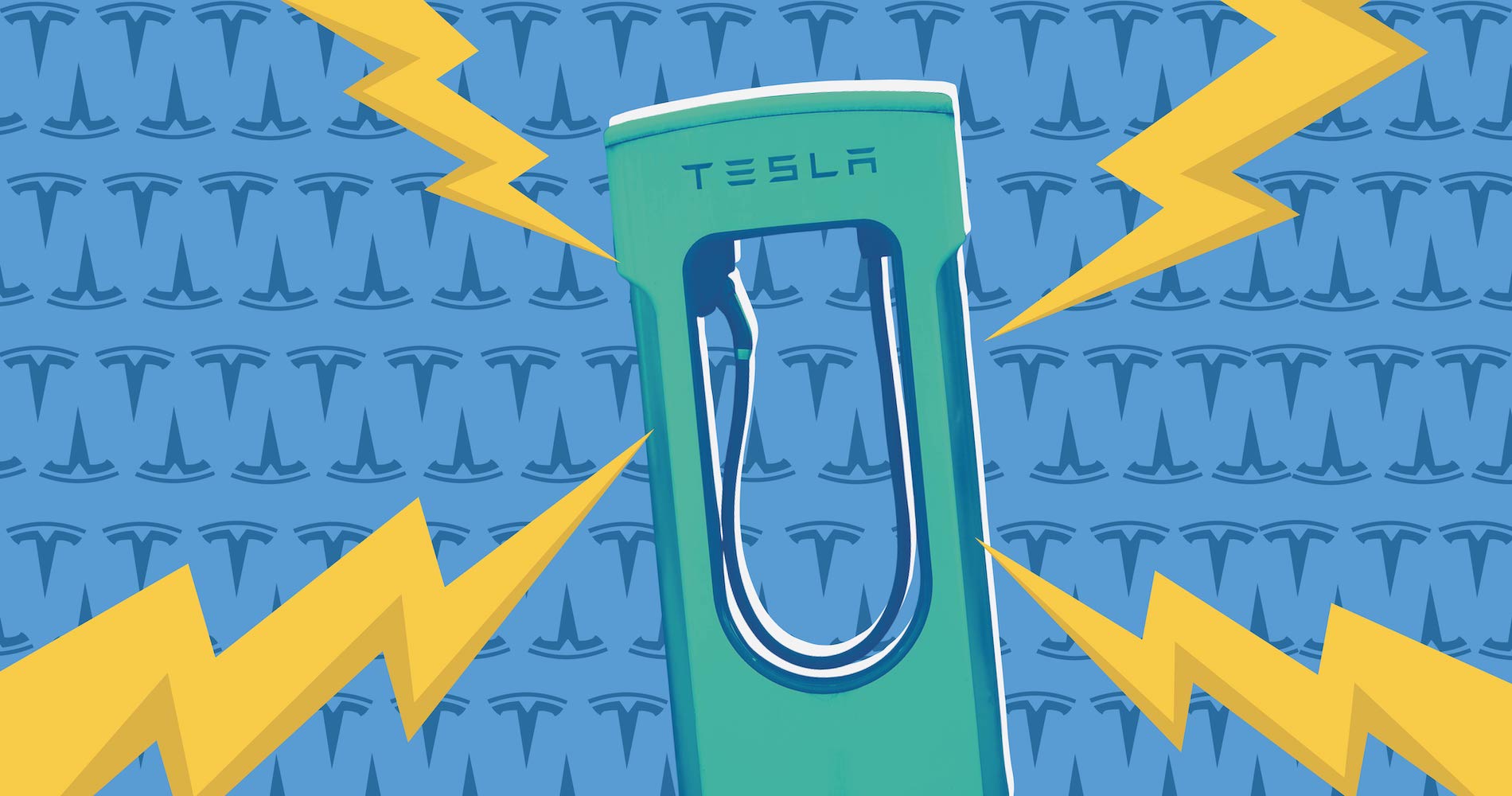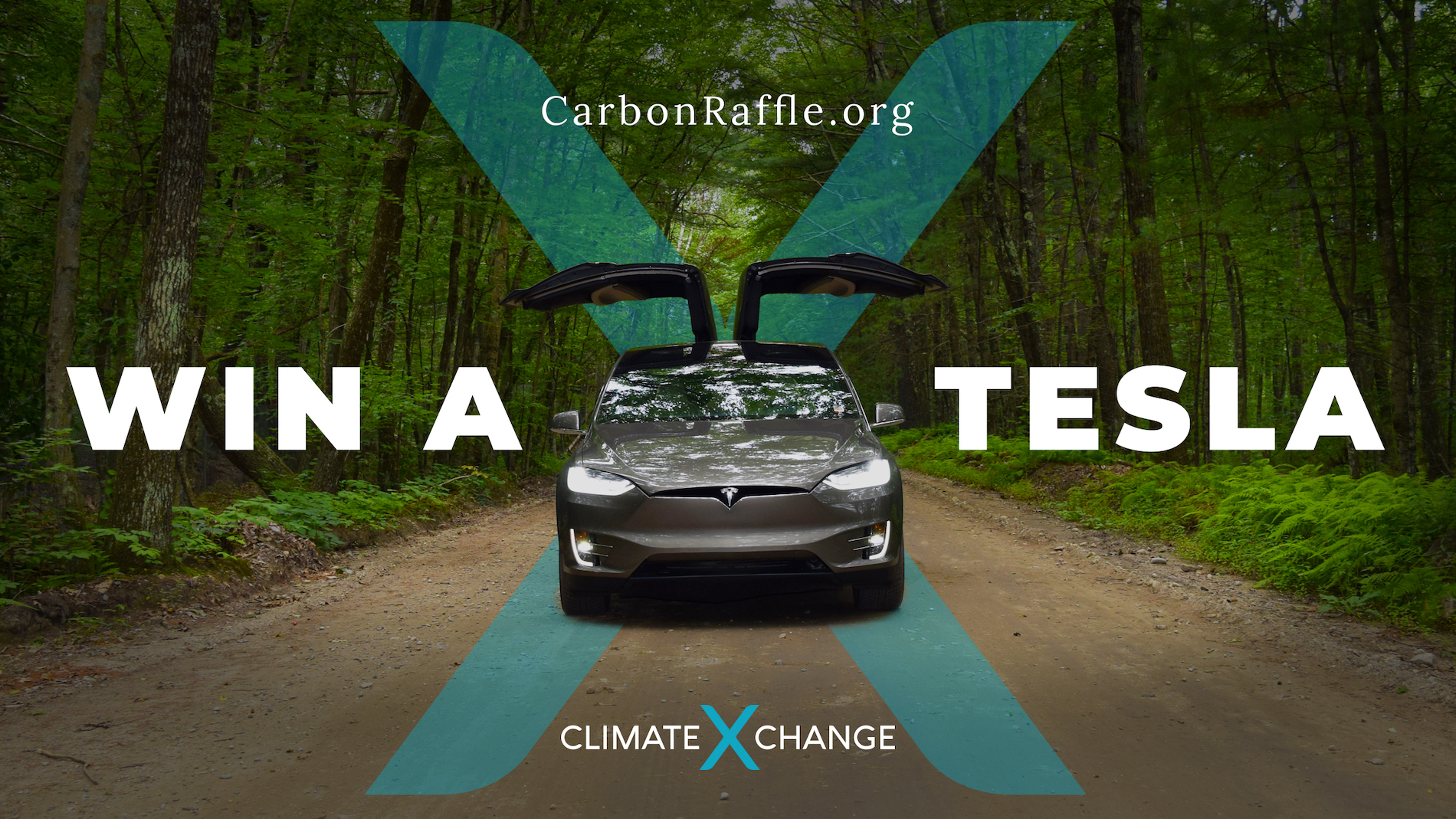You’re driving around town and glance at your dashboard — you’re almost out of gas. You begin making your way to the nearest station to fill up, but as you approach you notice something different. What long used to be a gas station has since been transformed into a charging hub for electric vehicles. Is this what the future looks like?
Just last month, a gas station in Maryland closed its doors on fossil fuels and reopened as a 100% electric charging station to help serve Maryland’s 20,000 electric vehicle (EV) drivers. This may be the first of many as more EVs hit the road. As efforts to drastically reduce greenhouse gas (GHG) emissions ramp up around the world, electrifying the transportation sector is seen as a strong solution to curbing emissions.
While they’re not the sole answer to the breadth of environmental issues humans are facing today, EVs play an integral role in facilitating the transition to a low-carbon economy.
EVs and the Transition to a Low-Carbon Future
Transportation is one of the largest sources for greenhouse gas (GHG) emissions in the U.S., contributing an approximate 30% to overall emissions. Within the transportation sector, 82% of emissions come directly from cars. A recent New York Times article concluded that the total emissions from transportation increased in almost every U.S. metro area since 1990. A greater adoption of EVs provides opportunities to substantially reduce emissions from the sector. The good news? That’s exactly what’s happening.
In 2018, over 2 million EVs were sold in the U.S. and sales are projected to rise to 10 million by 2025, according to Bloomberg’s Electric Vehicle Outlook 2019. While the market for electric cars has been mostly dominated by tech-giant Tesla automakers that have historically manufactured conventional, internal combustion engine (ICE) cars are now trying their hand at electrics.
Despite the growing support for EVs, one of the major inhibitors in the shift to low-emissions transportation is the continued demand for SUVs, . Annually, SUVs comprise about 40% of vehicles sold worldwide, and their poor fuel-efficiency doesn’t do the environment any good. The rise of SUVs is, to no surprise, accompanied by a rise in emissions, which further contributes to our changing climate. SUVs tend to be bigger, heavier, and more accommodating than most electrics, so they’re are a no-brainer if you’re looking for a spacious ride. But, to fill this gap and remain competitive, companies such as Tesla and Rivian have directed their focus to producing electric trucks and SUVs that cater to a wider range of drivers. By diversifying the options within the EV market, it lures more people to consider purchasing EVs over conventional cars.
As EVs grow in popularity, they are driving our systems towards a greener, cleaner, low-carbon future that benefits both the environment and humans. But, easing our way into a less carbon-intensive future is easier said than done. With technological innovation pioneered by Tesla, cars now have auto-pilot capabilities, and will even drive to pick you up with the smart summon feature. Not only do Tesla’s innovations mark monumental achievements in technology, but they open the door of opportunity for others. These days, auto companies are naming Tesla as the one to beat, electric or not, and use Tesla’s success and technology as fuel for their own flame. Now, the number of different EVs available to purchase is set to spike from the current standing of 21 to 35 by 2020. With more EVs in the streets, it’s important to note the advantages to driving electric and how these vehicles can support a healthy, livable environment.
EVs are now an affordable option for car buyers
Not only are there more options than ever for purchasing an EV, but they’re getting cheaper! Over the past year, the average price of EVs dropped by nearly 13%, and a host of automakers are focused on developing moderately priced electrics. Recently, Volkswagen released their plans for its ID.3 electric car, which aims to be a more affordable option to convert drivers to electric. This taps into the market of consumers who are looking to purchase an EV, but have been apprehensive because of the price tag. As the production and use of EVs becomes more established, the associated costs will most likely decrease as technology becomes more innovative and efficient. Along with the decreasing costs for purchasing an EV, the cost of recharging is significantly less than refueling. According to the Union of Concerned Scientists, fueling an EV in Boston is the equivalent of paying $1.30 for a gallon of gas. It won’t take long for your wallet to thank you.
Can carbon pricing move the needle on EV adoption?
As the climate crisis worsens and emissions soar, carbon pricing has been poised as “the single most powerful” tool to mitigate climate change. Carbon pricing has the ability to assist not only in the overall shift away from fossil fuels, but revenue raised through the policy can be used to directly incentivize electric vehicles through rebate programs. In Massachusetts, one of nine U.S. states participating in the Regional Greenhouse Gas Initiative (RGGI), a cap-and-trade initiative reducing electric sector emissions, revenue from the program was used to fund rebates for EV buyers. Revenue from carbon pricing can also be invested in EV infrastructure, including expanding charging stations and designated EV parking. Increasing market incentives to favor green and electric transportation strengthens their viability in a future where low-carbon transportation will be vital to mitigate the impacts of the climate crisis.
Outlook and Opportunity
Switching to electric is becoming easier than ever. While your friends deal with the hassle of a gas station, your car is charging itself in the garage. The majority of homes in the U.S. already have the capability of at-home EV charging, making it the most convenient way to refuel. Since they’re built with fewer moving parts than fossil fuel powered vehicles, they also require less service and maintenance, allowing you to spend that time on the road.
Although EVs aren’t a silver bullet, they still represent an important element for achieving a low-carbon future. For individuals, businesses, and even governments looking to be a part of the movement to reduce emissions, EVs have shown to be a valuable lever in the transition away from fossil fuels.
EVs are getting better every day, but there are still some challenges that remain. The more people who get behind the wheel of an EV, the more our systems must be able to adequately meet their needs. This means ensuring accessible charging stations and parking, as well as considering the need for EV charging in building design and planning.
Although challenges still persist for EVs, some obstacles are actively being addressed. While driving cross-country on solely electric was once a pipe dream, companies like Tesla have made it easy for you to plan trips and pinpoint exactly where charging stations are situated along your route. This type of technology enables you to drive across the country free of “range anxiety” and free of emissions.
The more we incorporate simplicity into EV design and infrastructure, the more attractive they become as an alternative means of transportation. As EVs continue to become mainstream, the hope is for entirely electric charging stations to no longer be an anomaly, but the new norm.










